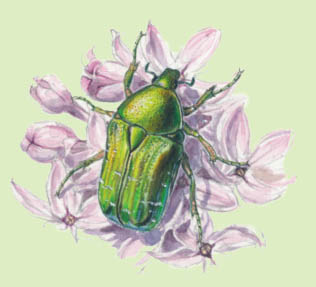Nathalie Tordjman - The Book of Tiny Creatures
Here you can read online Nathalie Tordjman - The Book of Tiny Creatures full text of the book (entire story) in english for free. Download pdf and epub, get meaning, cover and reviews about this ebook. year: 2021, publisher: Princeton Architectural Press, genre: Detective and thriller. Description of the work, (preface) as well as reviews are available. Best literature library LitArk.com created for fans of good reading and offers a wide selection of genres:
Romance novel
Science fiction
Adventure
Detective
Science
History
Home and family
Prose
Art
Politics
Computer
Non-fiction
Religion
Business
Children
Humor
Choose a favorite category and find really read worthwhile books. Enjoy immersion in the world of imagination, feel the emotions of the characters or learn something new for yourself, make an fascinating discovery.

- Book:The Book of Tiny Creatures
- Author:
- Publisher:Princeton Architectural Press
- Genre:
- Year:2021
- Rating:5 / 5
- Favourites:Add to favourites
- Your mark:
The Book of Tiny Creatures: summary, description and annotation
We offer to read an annotation, description, summary or preface (depends on what the author of the book "The Book of Tiny Creatures" wrote himself). If you haven't found the necessary information about the book — write in the comments, we will try to find it.
Nathalie Tordjman: author's other books
Who wrote The Book of Tiny Creatures? Find out the surname, the name of the author of the book and a list of all author's works by series.


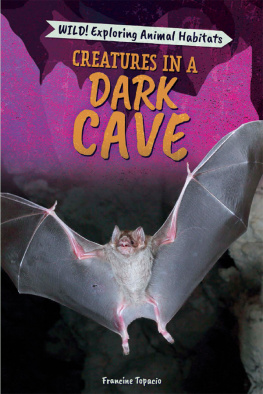
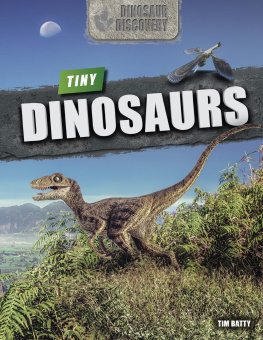
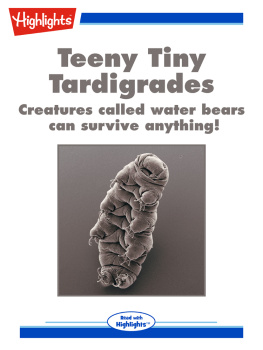
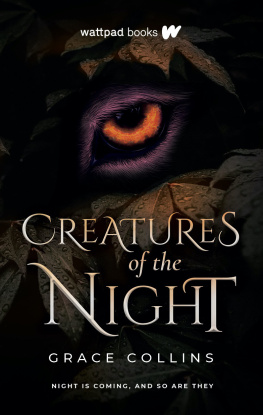
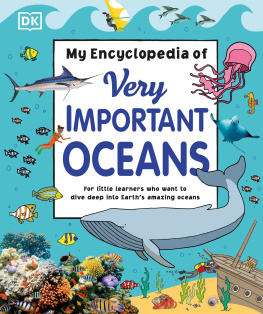
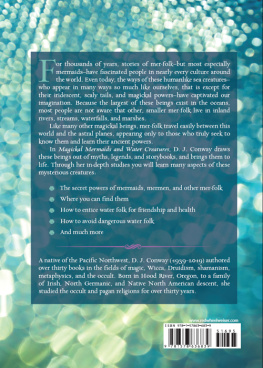
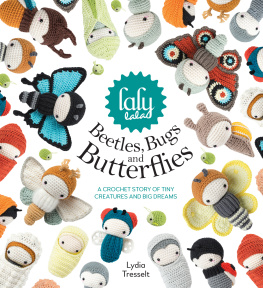
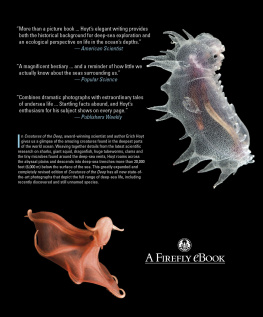
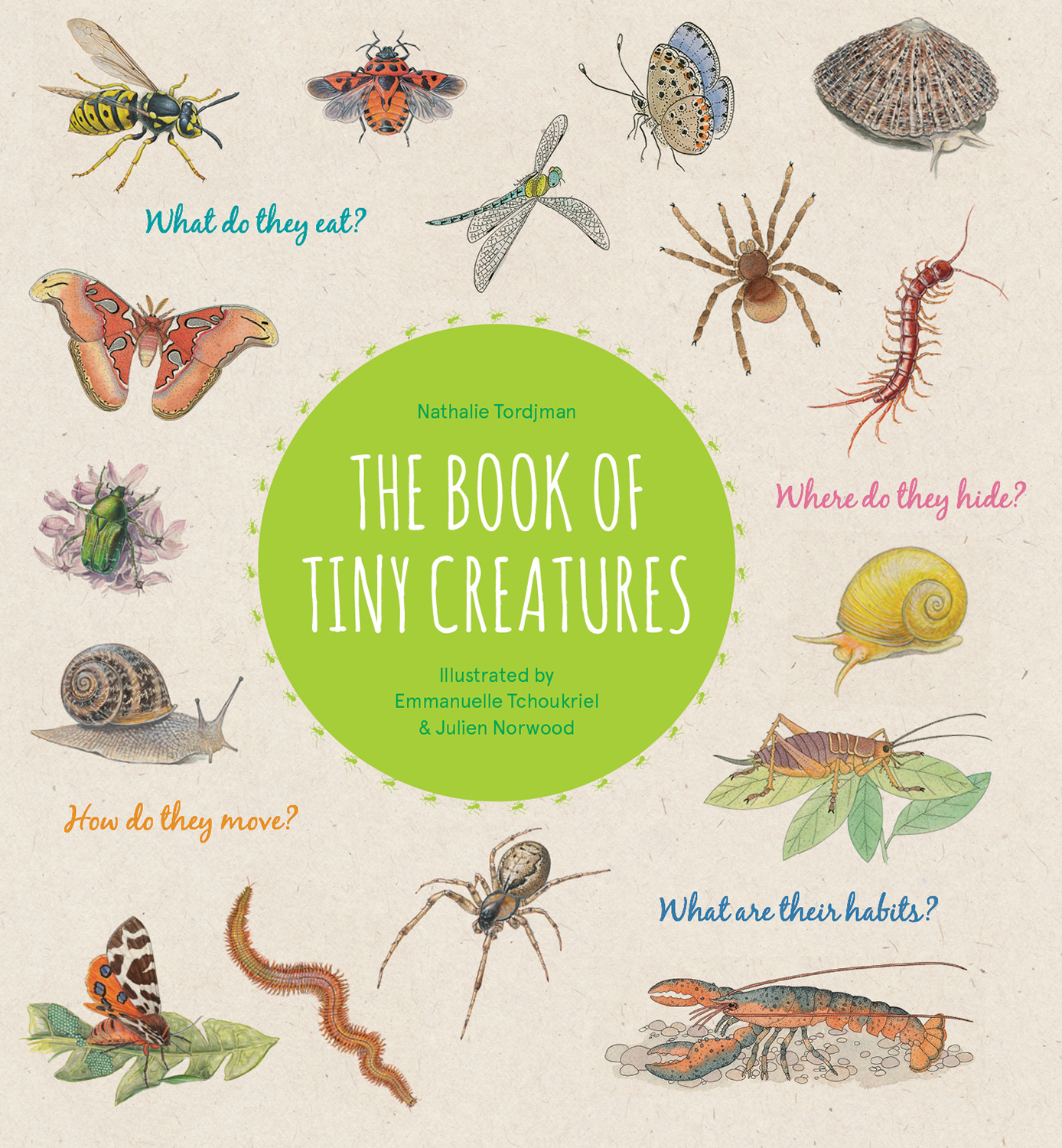


 Published by
Published by







 The bodies of tiny creatures are set up in many different ways. Three big groups
The bodies of tiny creatures are set up in many different ways. Three big groups  Mollusks, such as snails, have soft, always-moist bodies, which may be protected by a shell. Most of them only have one foot.
Mollusks, such as snails, have soft, always-moist bodies, which may be protected by a shell. Most of them only have one foot.


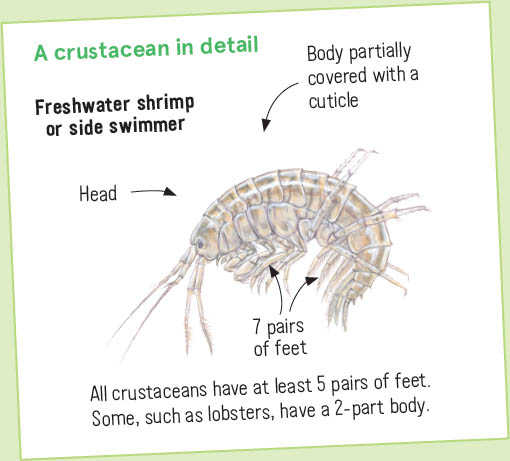

 There are so many tiny creatures because they have such an astounding ability to reproduce. Male-female couples Most arthropods pair up as a male and a female. Then the couple separates, and the female lays eggs.
There are so many tiny creatures because they have such an astounding ability to reproduce. Male-female couples Most arthropods pair up as a male and a female. Then the couple separates, and the female lays eggs.  The male spiderin this case, a wasp spideris often smaller than the female... who mustnt mistake him for prey! Many possibilities for mating Snails, slugs, worms, and some crustaceans are hermaphrodites (both male and female). After mating, each lays its own eggs. Some mollusks, such as flat oysters, change sex during their lives.
The male spiderin this case, a wasp spideris often smaller than the female... who mustnt mistake him for prey! Many possibilities for mating Snails, slugs, worms, and some crustaceans are hermaphrodites (both male and female). After mating, each lays its own eggs. Some mollusks, such as flat oysters, change sex during their lives. 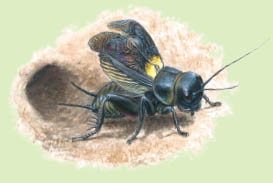 The male field cricket attracts the female by chirring, or stridulating, outside his burrow.
The male field cricket attracts the female by chirring, or stridulating, outside his burrow. 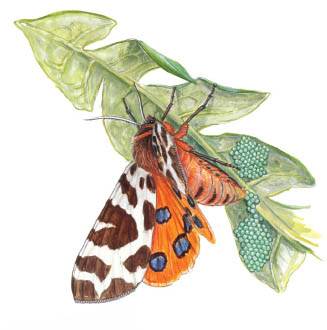

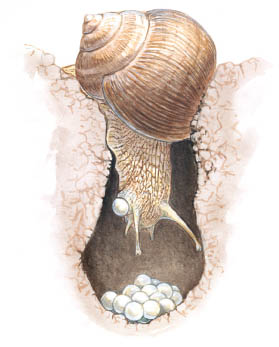

 Rose chafer larvae get around by creeping on the ground; they feed on dead plants.
Rose chafer larvae get around by creeping on the ground; they feed on dead plants. 